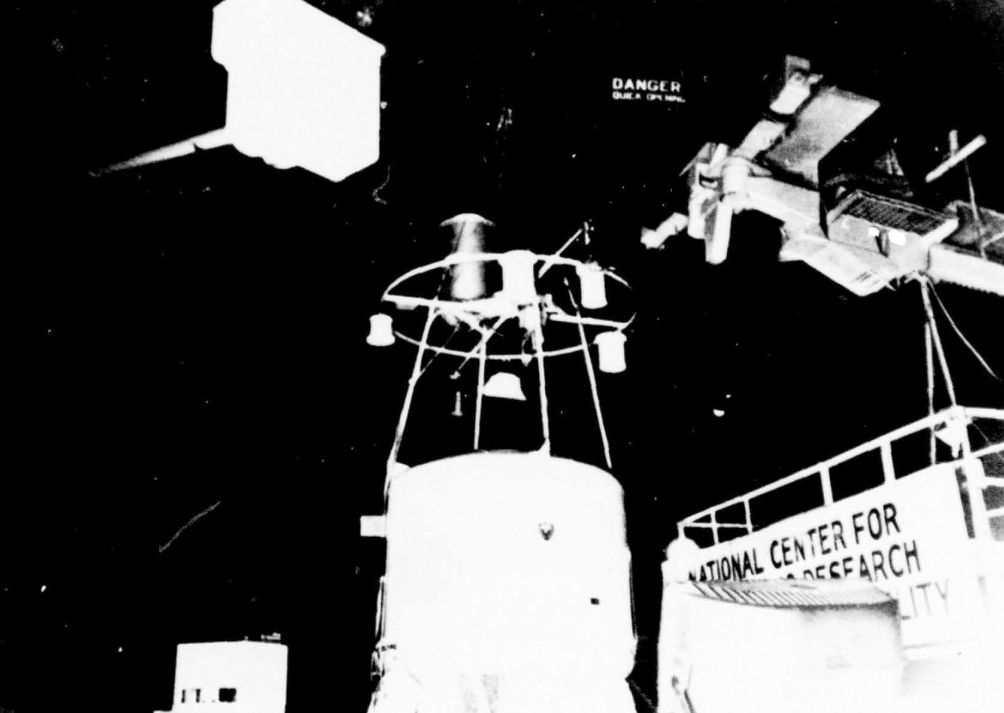Purpose of the flight and payload description
STRATCOM (STRATospheric COMposition) was a long-term, multi-purpose program for integrated, correlated measurements of stratospheric parameters related to composition, thermodynamics, and radiative balance. It was a joint undertaking of several laboratories whose combined scientific, engineering, and field capabilities made possible an extensive program of multiple related measurements in the very complex and variable stratosphere. The program was born in 1968 by the initiative of the US Army's Atmospheric Sciences Laboratory (ASL), under the direction of Harold N. Ballard. Starting from the third mission in 1972, the program progresively incorporated other research institutions. A total of eight balloon flights were performed until the culmination of the effort in 1977.
Details of the balloon flight
Balloon launched on: 10/19/1973 at 9:48 utc
Launch site: Columbia Scientific Balloon Facility, Palestine, Texas, US
Balloon launched by: National Scientific Balloon Facility (NSBF)
Balloon manufacturer/size/composition: Zero Pressure Balloon Winzen 189.100 m3 (25.40 Microns - Stratofilm)
Flight identification number: 792P
End of flight (L for landing time, W for last contact, otherwise termination time): 10/20/1973 at 2:15 utc
Balloon flight duration (F: time at float only, otherwise total flight time in d:days / h:hours or m:minutes - ): 16 h 30 m
Landing site: Near Geiger, Alabama, US
Payload weight: 2867 Kgs.
External references
- National Scientific Balloon Facility Annual Report FY 1974 National Center for Atmospheric Research, December 1974
- Spectroscopic measurements of the stratosphere using tunable infrared lasers Optical and Quantum Electronics, Vol.8, Issue 2, p. 145
- Temperature Measurements in the Stratosphere from Balloon-Borne Instrument Platforms, 1968-1975. Research and Development technical rept., ARMY ELECTRONICS COMMAND FORT MONMOUTH
5259If you consider this website interesting or useful, you can help me to keep it up and running with a small donation to cover the operational costs. Just the equivalent of the price of a cup of coffee helps a lot.


